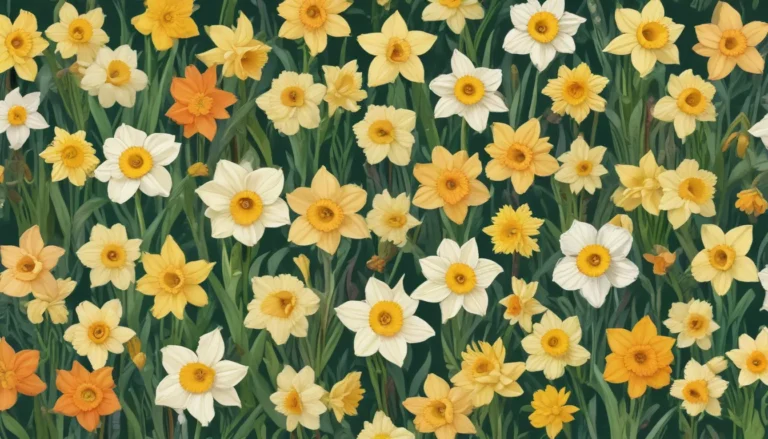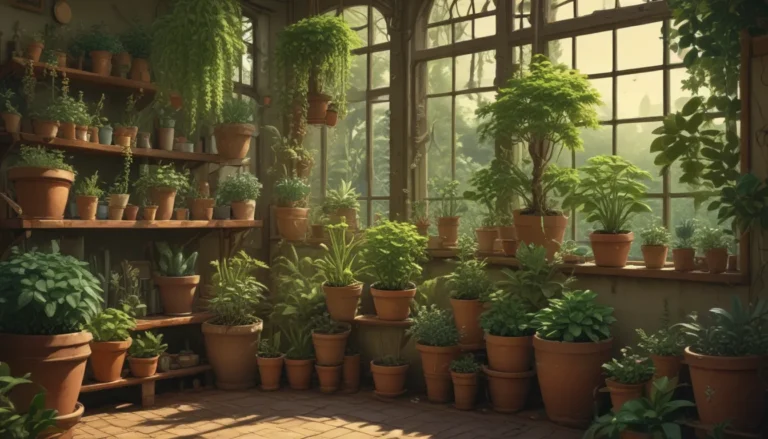Maximizing Your Small Outdoor Growing Space

Are you looking to create a vibrant garden in a limited outdoor space? Whether you have a small backyard, a patio, or even just a balcony, there are plenty of opportunities to cultivate your own fruits, vegetables, and colorful blooms. In this guide, we’ll explore various strategies and techniques to help you make the most of your small growing area.
Small Space Garden Design Prep
Before you start planting, it’s essential to consider the layout and design of your garden. Begin by assessing the sun exposure in your outdoor space. Depending on whether it’s southern, eastern, northern, or western facing, you’ll need to choose plants that thrive in the available light conditions.
If you’re gardening in an apartment setting, make sure to check with your landlord regarding balcony weight limits and outdoor storage regulations. It’s crucial to be mindful of your neighbors when gardening in communal spaces.
Once you understand the environmental factors, measure your growing area and create a sketch to visualize your garden layout. Consider your desired seating arrangements, pathways, and the types of plants you want to grow. Remember to choose compact varieties to optimize space utilization.
Did you know that a single zucchini plant can take up 16 square feet of space, or that you can harvest up to 18 carrots from just one square foot? Being aware of plant requirements is key to efficient small space gardening.
Small Space Gardening Styles
There are several gardening styles that work particularly well in small spaces. Let’s explore each of these methods:
Beds and Borders
Even with a limited ground area, you can cultivate a variety of plants in beds and borders. Select compact vegetables like broccoli, cabbage, and cauliflower, and consider companion planting with marigolds for pest control.
For narrow patio strips, growing herbs like basil, chives, cilantro, and oregano can provide a convenient kitchen garden. Mix perennial flowers with potted herbs and vegetables to maximize your growing potential.
Containers
Container gardening is a versatile and efficient way to establish a garden quickly. Select containers based on the material, ensuring they are suitable for your climate. Fiberglass, plastic, and resin pots are lightweight and easy to move, while stone and concrete containers are durable but heavy.
Repurpose household items like mailboxes, tea kettles, or toolboxes as planters to add a creative touch to your garden. Consider raised salad boxes for growing leafy greens without bending down.
Square Foot Gardening
Square foot gardening, popularized by Mel Bartholomew, maximizes planting space while minimizing maintenance. This no-till, raised bed system divides the garden into square foot sections for efficient planting. Compact varieties of beans, lettuce, peppers, and tomatoes thrive in this method.
Construct a raised bed using bricks, cinder blocks, or wood and fill it with nutrient-rich soil. Square foot gardening is an excellent choice for high-yield vegetable production in small spaces.
Vertical Planting
Vertical planting is a space-saving technique that involves stacking plants vertically instead of spreading horizontally. Utilize freestanding vertical planters or repurpose fences and walls for growing climbing plants like ivy, petunias, and sweet potato vines.
Creative solutions such as using old rain boots or shoe organizers as planters can add a whimsical touch to your garden. Explore various options for vertical gardening to maximize your growing area.
Ready, Set, Grow!
With a well-thought-out plan and the necessary tools in hand, it’s time to get growing. Ensure your containers are sanitized, and the soil is prepared for planting. Consider conducting a soil test to optimize nutrient levels for your plants.
Whether you’re starting from seeds or nursery starts, follow planting guidelines and provide appropriate care for your plants. Monitor watering requirements, especially for container plants, to ensure healthy growth throughout the season.
Remember, no space is too small for a thriving garden. With creativity, proper planning, and a touch of greenery, you can transform even the tiniest outdoor areas into vibrant garden spaces. Share your small-space gardening adventures in the comments below!
If you’re seeking more creative garden design ideas, check out our recommendations below:
- How to Create a Fragrant Garden Plan
- Choosing the Best Lighting for Your Garden
- Landscaping Tips with Boulders
Get inspired and start gardening in your small space today!
Thank you for reading this informative guide on maximizing small outdoor growing spaces. Stay tuned for more gardening tips and inspiration!





